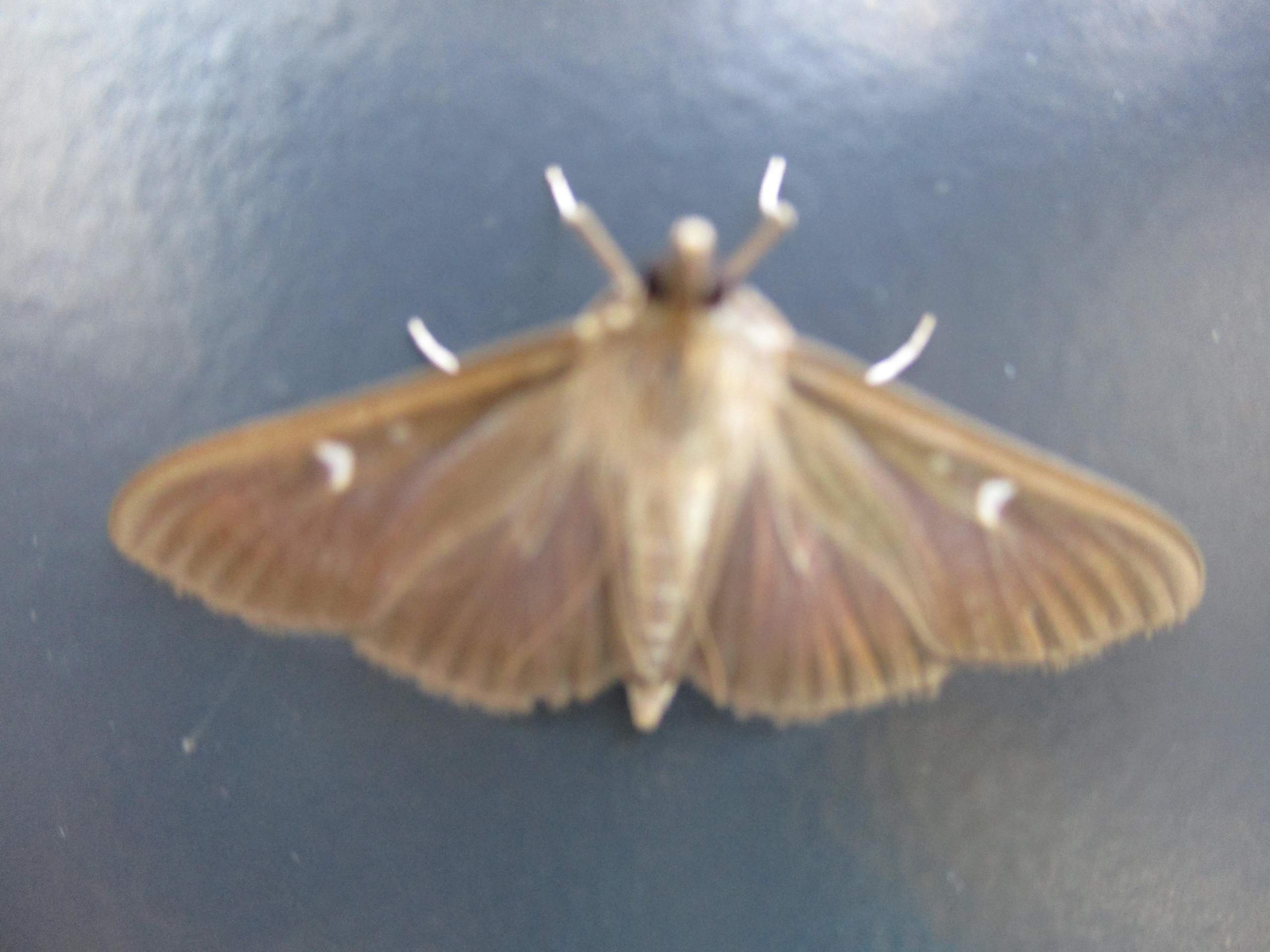What causes the different coloration of the box tree moth?
There is a light and a dark variant of the box tree moth, a white one with a brown border and a brown "hook" on the forewings, and a brown one with a white "hook" on the forewings. But what causes this different coloration? I mean, is there an early form and a late form, like in the small tortoiseshell butterfly, or is it genetic, with one being inherited recessively and the other dominantly, like blonde and black hair in humans, or is it influenced by the external temperatures the pupa was exposed to, like the sex in sea turtles, or does it depend on what the caterpillar ate before pupation, like the quality of the silk in the mulberry silkworm, or what causes this different coloration? (Unfortunately, Google hasn't been able to give me an answer yet!)


There are bright and (similar) dark shapes – there are no different generations as in the country cage.
I know that there are two different forms. But what makes the different coloring condition?
Why is there blonde and brunette…
Read it https://www.wikiwand.com/en/Industrial melanism
The different color forms are controlled by genetic factors and possibly also epigenetic influences. Such genetic differences in pigmentation occur in many types of insects and frequently serve to adapt to environmental conditions, camouflage or other selection advantages.